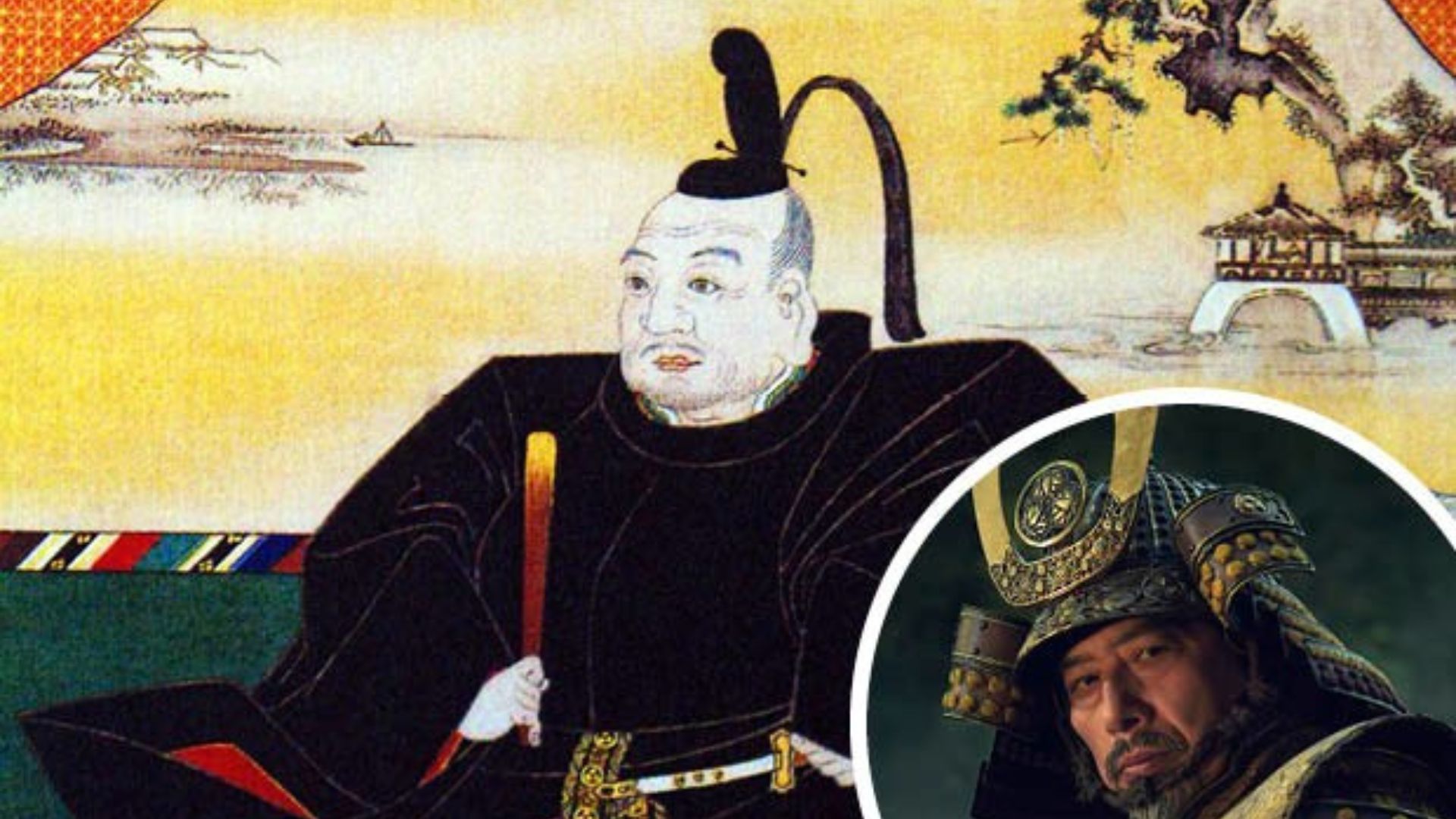Saigo Takamori is often regarded as the last true samurai—a man whose courage, honor, and unwavering loyalty epitomized the ideals of the samurai class. Born in 1828, Saigo played a pivotal role in the Meiji Restoration, which ended Japan’s centuries-old feudal system and led to the rise of modern Japan. However, his opposition to the rapidly changing society and the government’s policies ultimately led to his tragic and heroic end.
His story, filled with ideals of loyalty, sacrifice, and rebellion, makes him one of the most fascinating and revered figures in Japanese history.
Early Life and Rise to Prominence
Saigo Takamori was born into a low-ranking samurai family in the Satsuma domain (modern-day Kagoshima). Despite his modest beginnings, he quickly rose to prominence as a key military leader during Japan’s tumultuous Bakumatsu period (the final years of the Tokugawa shogunate).
1. Role in the Meiji Restoration
Saigo became one of the leading figures of the Meiji Restoration, a movement that aimed to overthrow the Tokugawa shogunate and restore power to the emperor. He was a part of the Satsuma-Choshu Alliance, which played a central role in the Boshin War (1868), a civil war that ultimately led to the fall of the shogunate and the restoration of imperial rule under Emperor Meiji.
-
He was instrumental in military campaigns against the Tokugawa forces, earning a reputation for his strategic brilliance and leadership skills.
-
After the Restoration, Saigo became one of the leading figures in the new government, holding high-ranking positions and promoting modernization and military reform.
Saigo Takamori’s Role as the “Last Samurai”
Despite his involvement in the Meiji Restoration, Saigo’s views on the rapid modernization of Japan soon came into conflict with the new government’s direction. The abolition of the samurai class and the embrace of Westernization led Saigo to feel that Japan was abandoning its traditional values.
1. Samurai Honor and Rebellion
Saigo’s disillusionment with the government’s policies, especially the dissolution of the samurai’s privileges and the adoption of a Western-style army, pushed him into a position of opposition. He believed the samurai code (Bushido) was being eroded, and he felt the government was betraying the country’s traditional values.
In 1877, Saigo led the Satsuma Rebellion, a final stand against the central government in a bid to preserve the samurai way of life and resist the new regime’s influence. The rebellion was driven by Saigo’s deep sense of loyalty to the samurai and a desire to restore Japan’s honor and integrity.
2. The Satsuma Rebellion (1877)
The Satsuma Rebellion was one of the most significant military uprisings in Japan’s history. Despite initial successes, Saigo’s forces were eventually overwhelmed by the Meiji army, which had become much stronger and more modernized. Saigo, though wounded, continued to fight bravely until his final moments.

-
The Last Stand: Saigo’s final moments came at the Battle of Shiroyama, where he fought valiantly against overwhelming odds.
-
According to legend, Saigo Takamori was gravely wounded during the battle and, refusing to be captured, chose to commit seppuku (a samurai’s honorable suicide), dying at the age of 49.
Legacy of Saigo Takamori
1. Symbol of Samurai Honor
Saigo Takamori’s life and death cemented his legacy as a symbol of loyalty, honor, and sacrifice. His unwavering commitment to the traditional values of the samurai, even as Japan modernized and industrialized, has inspired generations of Japanese people. His death marked the end of the samurai era and the transition to a new Japan.
-
Today, Saigo is remembered as one of Japan’s most important national heroes.
-
He is often depicted in literature, art, and films as the epitome of samurai spirit.
2. Representation in Pop Culture
Saigo’s story has also transcended history and into pop culture. His life and the events of the Satsuma Rebellion inspired numerous books, films, and television shows. The most famous representation of Saigo’s story in modern media is “The Last Samurai” (2003), starring Tom Cruise, which draws heavily on Saigo’s final stand.
Conclusion
Saigo Takamori was not only a key player in the Meiji Restoration but also the embodiment of the samurai’s principles of honor, courage, and sacrifice. Though he was ultimately defeated in the Satsuma Rebellion, his life and death serve as a testament to his loyalty to his ideals, even in the face of overwhelming change. Today, Saigo is remembered as the last true samurai, a warrior who stood for what he believed was right, even if it meant going against the tides of history. His legacy endures in both Japanese culture and the hearts of those who admire the ancient code of the samurai.











